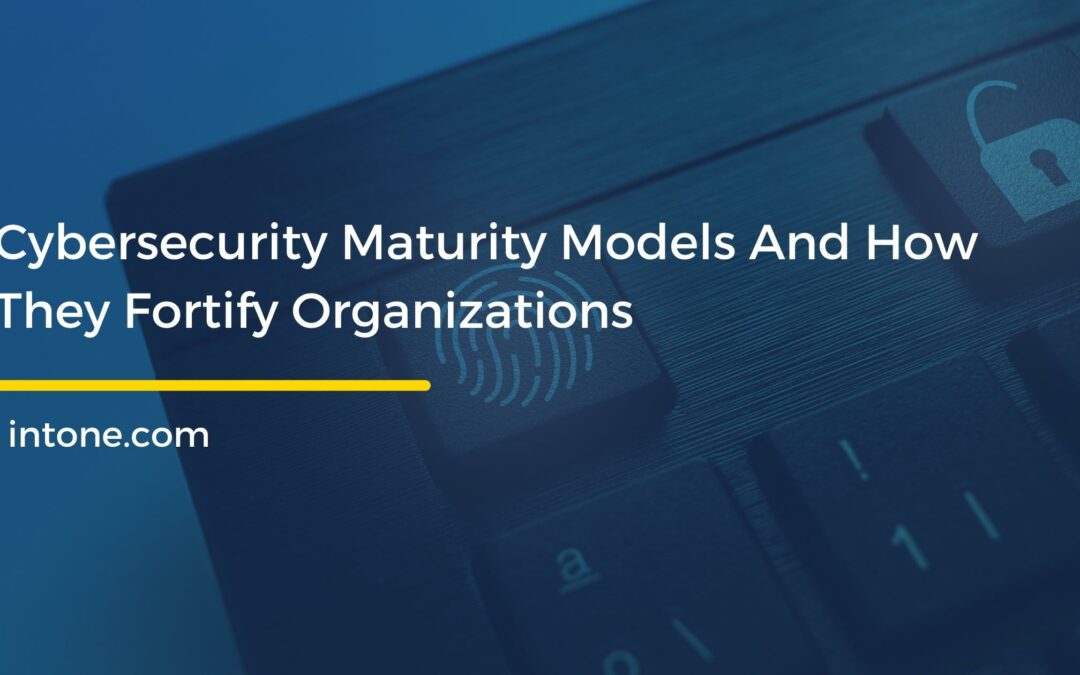Contents
In today’s digitally driven world, cybersecurity is of paramount importance. With the rise in cyber threats, organizations need to adopt robust measures to protect sensitive data and ensure continuous operation. This is where the concept of a cybersecurity maturity model comes into play. In this article, we’ll delve deep into the fundamentals of these models, highlighting their significance in fortifying businesses against cyber adversaries.
Understanding Cybersecurity Maturity Models
A cybersecurity maturity model is a systematic framework that aids in the evaluation and enhancement of an organization’s cybersecurity posture. It not only identifies the existing state of security protocols but also provides a roadmap for improvements, incorporating aspects such as data management service and continuous control monitoring.
Historical Development
The origins of maturity models trace back to software development, where they helped gauge and improve process maturity. Over time, their applicability was recognized in cybersecurity, leading to the development of the cybersecurity maturity model framework.
Common Components of Maturity Models
At the heart of any maturity model lie frameworks, which provide a structured method for gauging cybersecurity preparedness. Integral to this process is the assessment criteria, which is tasked with appraising the current status of an organization’s cybersecurity risk management and cybersecurity risk assessment tools. Complementing these are the levels of maturity, which establish a distinct progression from rudimentary to sophisticated security stances.
Benefits Of Implementing Cybersecurity Maturity Models
Adopting cybersecurity maturity models offers numerous advantages for organizations. Firstly, they amplify an organization’s security stance by enhancing defense mechanisms, especially when melded with cutting-edge technologies like AI and cybersecurity tools. Additionally, through the insights of a maturity model, threats are markedly reduced as vulnerabilities are identified and guided towards appropriate mitigation.
Maturity models also streamline the process of adhering to standards, making tasks like data governance and lineage compliance more straightforward. In the unfortunate event of a breach, organizations equipped with these models are poised to respond more promptly and efficiently. Moreover, by championing proactive defense measures, they can substantially minimize the financial fallout from potential cyber incidents.
Popular Cybersecurity Frameworks
NIST Cybersecurity Framework
The framework, set forth by the National Institute of Standards and Technology, underscores the importance of comprehending and overseeing cybersecurity risks. Central to this framework is the advocacy for cybersecurity as a service. It also incorporates robotic process automation (RPA) to enhance efficiency in its processes.
CIS Controls
The Center for Internet Security Controls (CISC) has developed a series of best practices pivotal for cybersecurity defense. These critical controls, backed by industry insights, become especially potent when paired with continuous control monitoring, creating a robust and responsive barrier against both current and emerging cyber threats.
ISO/IEC 27001
The international standard provides a detailed framework for an effective information security management system. When combined with the cybersecurity capability model, this alignment produces a comprehensive tool, enabling thorough assessments of an organization’s cybersecurity maturity, and enhancing adaptability and resilience against cyber threats.
The Implementation Process
Assessing Current State
Before diving into cybersecurity improvements, understanding the current status is crucial. Analyzing the existing cybersecurity infrastructure is a must, and tools like the cybersecurity maturity assessment tool are vital. They pinpoint vulnerabilities, highlight strengths, and identify areas for enhancement.
Setting Security Goals
After assessment, setting realistic goals is essential. These goals, aligned with the organization’s strategy, should be attainable and time-specific, acting as guiding lights for subsequent actions.
Selecting an Appropriate Model
With many models to choose from, it’s vital to select one that fits the organization’s specific needs. For example, the cybersecurity capability model may be suitable for some due to its design and goals.
Developing a Roadmap
This is more than a plan; it’s the organization’s cybersecurity guide. It outlines the journey from the present state to the desired cybersecurity position, providing a clear path for stakeholders to follow.
Implementation of the Roadmap
The implementation phase takes the outlined journey from the roadmap and brings it into action. It involves assigning specific roles, allocating necessary resources, setting time frames, and regularly updating stakeholders. By actively addressing each step and anticipating potential challenges, the organization transforms its strategic vision into tangible cybersecurity improvements.
Measuring and Monitoring Progress
No matter how brilliant a strategy is, its effectiveness lies in execution. Ongoing evaluation keeps the organization aligned. Beyond monitoring, it’s about recalibrating when deviations or challenges arise, ensuring alignment with core goals.
Challenges and Common Pitfalls
Navigating the realm of cybersecurity brings its own set of challenges and pitfalls. Many organizations grapple with the complexities of integrating the cybersecurity maturity model into their established systems. Simultaneously, a palpable resistance to change is often evident, with employees showing reluctance towards adopting new cybersecurity measures. Moreover, the constraint of resources can further complicate matters, especially when trying to incorporate expansive systems like robotic process automation. To surmount these challenges, a combination of dedicated training, adequate resources, and unwavering commitment to the ultimate objective is essential.
The Future of Cybersecurity Frameworks
The cyber domain is in a constant state of flux. With an ever-evolving threat landscape, maturity models must remain vigilant and adapt to emerging risks. Simultaneously, the confluence of AI, IoT, and other avant-garde technologies is reshaping the contours of cybersecurity. Moreover, the mounting global recognition and adoption of these models signify a bright horizon for their continued relevance and impact.
Why Choose Intone?
Cybersecurity maturity models serve as a beacon that guides organizations through the huge labyrinth of ever growing cyber threats. By understanding, implementing, and adapting these models, businesses can not only safeguard their assets but also stay ahead of potential cyber adversaries. Intone Gladius is one of the most effective ways to achieve all of this in a seamless and successful manner. It offers:
- Equips you to custom-craft your security controls.
- Monitors endpoints, databases, servers, networks, and data security in real-time from a single platform.
- Reduces costs by achieving and proving your compliance faster and with less effort.
- Comes with a centralized IT compliance platform that helps you overcome redundancy between control frameworks, such as SOC, NIST, IASME, COBIT, COSO, TC CYBER, CISQ, FedRAMP, FISMA, and SCAP.
Contact us to learn more about how we can help you!

